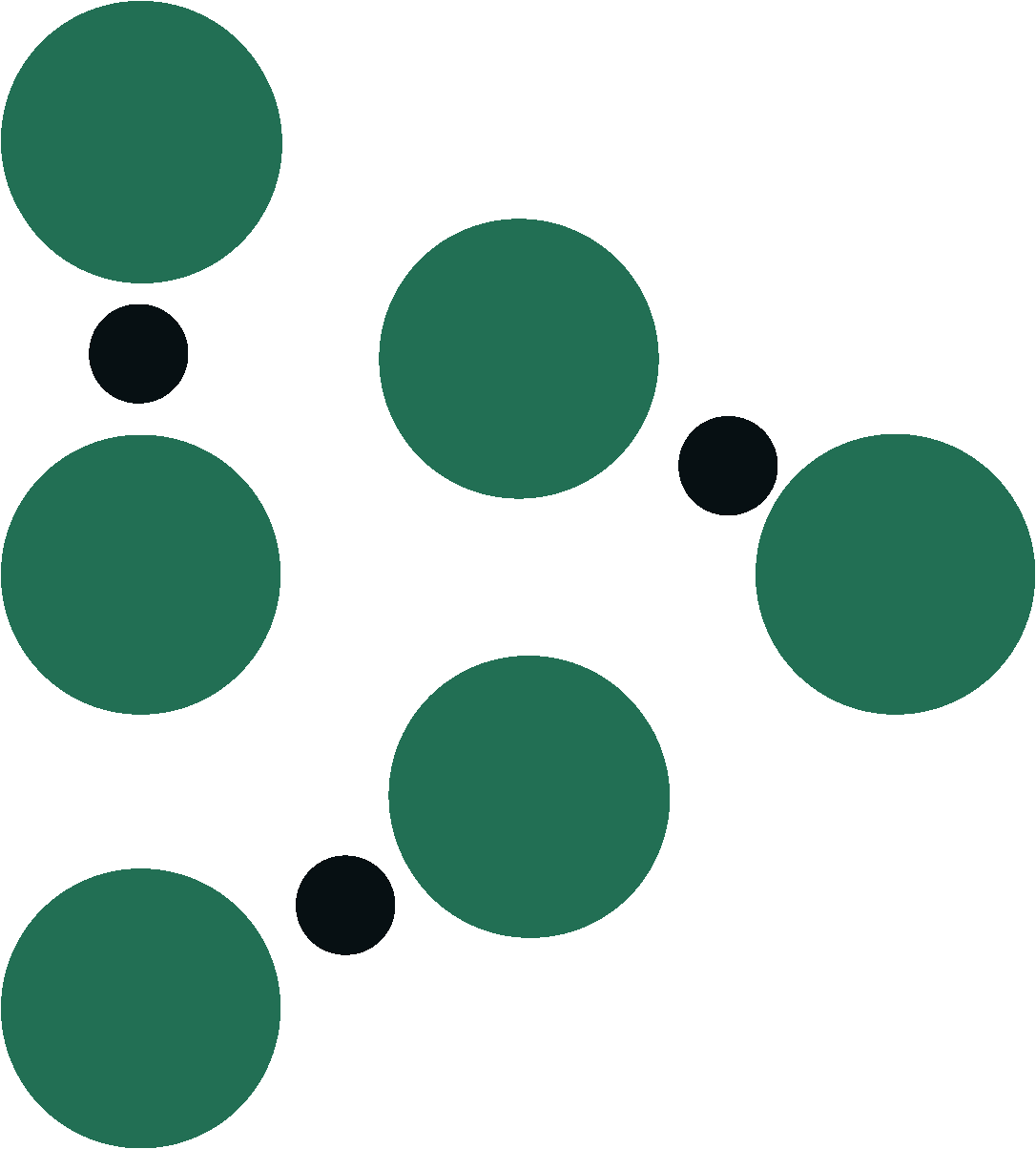How can sensors help you make more money!?
Overview
Here at Trellis, we understand growers use many different methods to manage their irrigation. While some methods have been used and trusted for generations, newer methods, often involving the use of technology, are proving to be more effective. Understandably, many farmers question if new technology is really going to help them in the long run. Thankfully for us, the University of Georgia’s (UGA’s) Precision Agriculture Team did the dirty work for us.
Over the last four years, the team performed research in peanuts and cotton and compared the yields achieved and costs associated with a more traditional irrigation scheduling method to using soil moisture sensors to make irrigation decisions.
Irrigation Scheduling Methods
UGA’s Precision Ag Team tested two methods to schedule irrigation:
Checkbook method
UGA-SSA
The team compared the yields using these methods to dryland crops. Dryland farming means that the farmer relies solely on natural rainfall to water their crops. Historically, farmers choose this method either if rainfall is sufficient in their region or if the cost associated with irrigation equipment isn’t worth it because of poor yields.
Checkbook method provides growers with recommendations on how much rainfall and/or irrigation should be applied to the plant each week.
This method enables an irrigation manager to monitor a field’s daily soil water balance in terms of inches of soil water deficit which can be used to plan the next irrigation. The rainfall and irrigation are the “deposits” into the bank, and the water use or sun soaking up that water is the “withdrawal” from the bank. You then are left with a “balance” that will show you the estimated water available to the plant from this formula.
The method had to be readjusted in during the four years of research because the original formula was continually over-watering the crop, which then resulted in very poor yields. The method was renamed 50% checkbook in 2016 and 2017, as the Checkbook recommendations were simply divided in half. Even with the reduction, this method still resulted in much lower yields than other methods.
The UGA Smart Sensor Array (UGA-SSA) is a wireless system that uses Watermark soil moisture sensors (just like us!) to regularly record soil moisture and soil temperature data.
The Results
We focused on the UGA team’s irrigation scheduling research in peanuts. The table below summarizes the results of four years of research, including the amount of irrigation applied, yield for each method, irrigation cost per acre, and profit per acre.
Table 1. Summary of Irrigation Scheduling Methods (Four Year Average).
Irrigation Cost
In the southeast, it costs $7 per acre to pump one inch of water for irrigation using an electric system and $11 per acre to pump one inch of water using a diesel system (!). So, when we calculated the average irrigation cost for each method, we used an average value of $9 per acre per inch.
Profit Potential
On average, peanuts sell for $0.19 per pound. Together with the average yield (lb/acre), we were able to calculate the revenue per acre:
Avg. Revenue per Acre ($/acre) = Avg. Yield (lb/acre) * Price per Pound ($/lb)
To calculate profit, we subtracted the Average Irrigation Cost per Acre from the Average Revenue per Acre.
So what does this research mean?
It costs a lot of money to irrigate, but it was worth it if you were growing peanuts in the southeast in the last four years. Not surprisingly, irrigating produced a significant increase in profit compared to dryland peanuts:
- The Checkbook Method produced an average of 17% more profit or ~$136 per acre
- The UGA-SSA produced an average of 38% more profit or ~$301 per acre
If we compare the UGA-SSA to the Checkbook Method, the UGA-SSA produced an average of 18% more profit, or $165.40 per acre! In a 100 acre field, that's an extra $16,540 in the grower's pocket!
A few more big takeaways:
Checkbook method: This method recommended over 13 inches of irrigation which lead to lower yields, while better than dryland, resulted in 18% less profit than using the UGA-SSA.
UGA-SSA: using sensors allowed for efficient water use and not only saved on irrigation costs, but also resulted in very consistent and profitable yields.
Click the "DOWNLOAD" button below for a printable version of this post!

